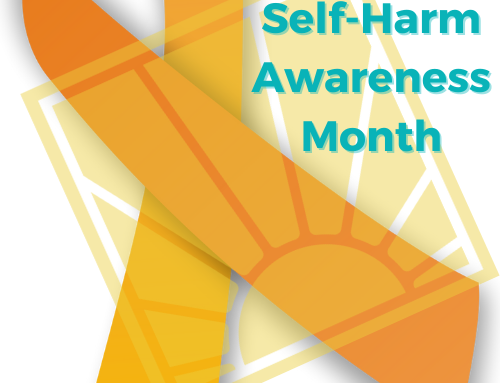When we finally decided to enroll our daughter in treatment, I felt a combination of relief, guilt, and terror. We were fortunate to find the right treatment program and her experience, though not easy, was a success. Since treatment our worries have shifted from questions of life and death to questions about college tuition. We much prefer the latter!
Putting her into treatment in the first place, however, was not easy. We were terrified of the separation and the expense. We felt we’d failed. How would we pay for it? What if it didn’t work? How could we send her to live with people we’d only just met? Then again; how could we not send her away given the severity of her struggles?
Through the process of treatment, though, we came to understand at a very deep level that we’d made the right choice. We were saving our daughter’s life, our family’s health, and maybe even our marriage. But in retrospect, we wish we’d had other parents to talk to prior to enrolling Rachel. Parents who were a few clicks further down the road who could help normalize the process and give us some assurance that we were doing the right thing.
In that spirit, we’ve put together a list of things to consider if you’re placing your adolescent in treatment. Think of this your first parent to parent chat:
Talk to Parents of Recent Graduate: Any high-quality program will gladly put you in touch with alumni parents who can give you an objective understanding of the process. Ask for a list. Of course you’re likely to get hand-picked parents who had a good experience, but to be honest, those are the best people to talk to.
Tour: Our own tour was rushed because we both work and it was hard to coordinate schedules. We almost canceled at the last minute. But even that short tour made a huge difference. Being able to picture the place our daughter was living and visualize the people taking care of her was hugely reassuring.
Get your Own Therapist: As we learned in treatment, the family is a system. We all play our part in our child’s struggles, whether it’s to enable, to provoke, or to ignore. Having your own outside resource can help you grow along with your daughter, which is critical for showing your solidarity with her, modeling therapeutic engagement, and preparing for her return home.
Participate: All good treatment programs have a family component. Participate! Go to every event you can. This is a great way to heal your family system and build up a supportive network with other parents.
Engage your Community: Whether it’s a faith community, a book club, or your extended family, engage your community. Reaching out for support is absolutely critical during this time. You’ll be surprised to see how other parents will confide in you once you have the courage to admit that your family is not perfect!
Jot it Down: We were so stressed out during our tour that all the great questions we’d discussed prior just disappeared from our brains. I felt like a deer in the headlights. As we went through the treatment process, I often had questions pop up during the week that I would forget to ask in the intensity of our family sessions. So I’d recommend carrying a pad of paper or an iPad and writing your questions down as they come up.
Let Go: If you’re like us, you are used to at least maintaining the illusion of control in most parts of your life. Also if you’re like us, your teenager has done a lot to destroy that illusion! It’s easy to make up for those feelings of powerlessness by trying to micromanage her treatment process and the treatment team from a distance. We did that for about the first three months. It doesn’t help and it will exhaust you. Once we finally let go and got out of the way, the healing process really began; about three months behind schedule!
Educational Consultant: At the recommendation of a friend, we hired an educational consultant to help us navigate the program selection process. Even though we did our own research as well (remember that illusion of control!), having an independent, objective placement professional on our side made the process much more efficient and reassured us that we’d picked a good program. We found our consultant by visiting www.iecaonline.com.

